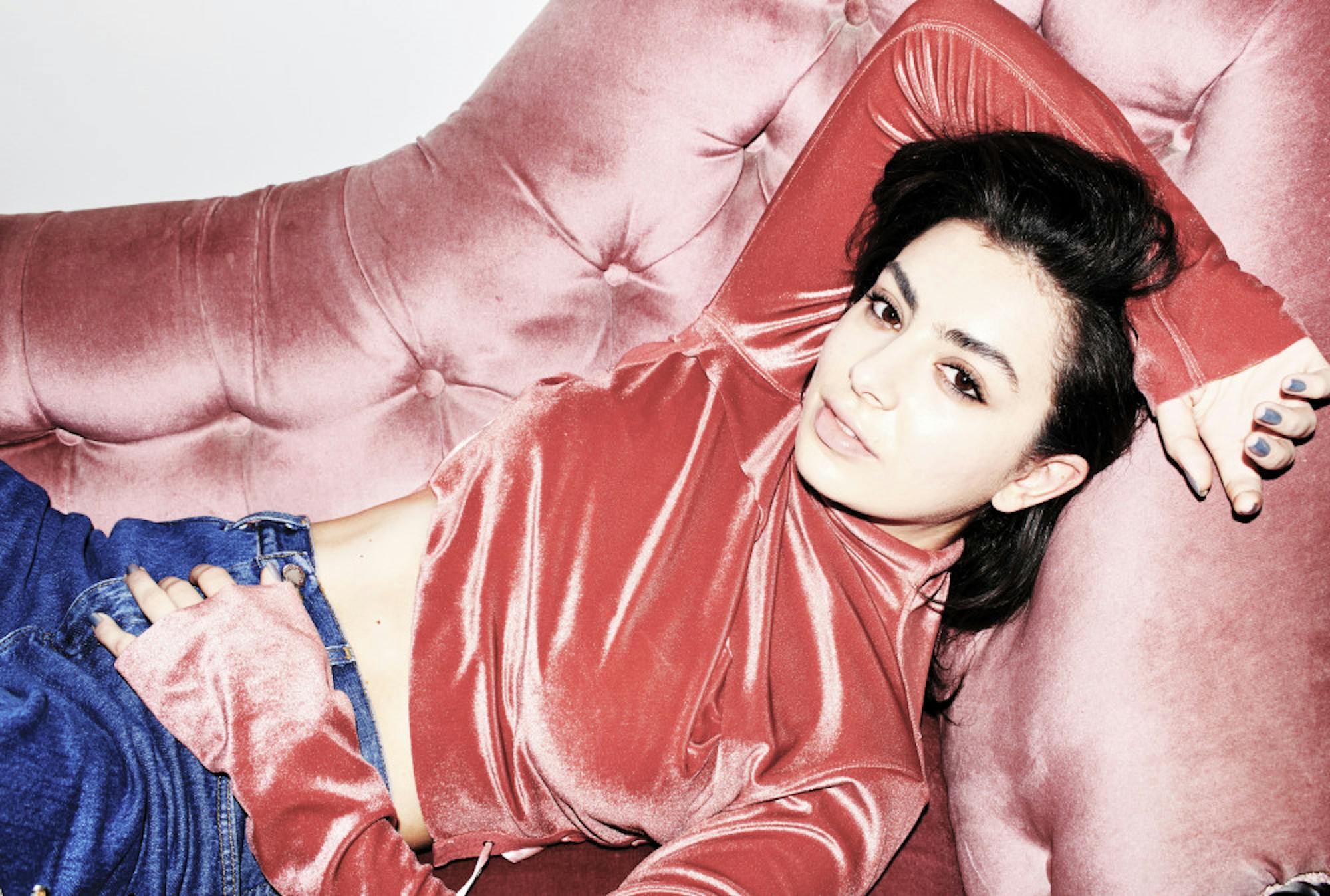“I think this is now Spotify’s entire world,”Darren Hemmings, the head of the digital marketing agency Motive Unknown, said. Hemmings is talking specifically about playlists and how streaming platforms support the playlist format of different songs from different artists over albums from one artist, but his statement applies to the entire music industry. Since streaming giants like Spotify, Apple Music, Amazon Music and Pandora launched, their convenience has made them increasingly popular. In the first six months of 2017, Americans alone completed 284.7 billion on-demand streams of music and videos. According to a chart completed by Business Insider, in those six months, streaming accounted for 60 percent of the music industry.
When did this change in the music industry begin? Ross Gerber, in his May 2017 article for Forbes, said, “Napster jump-started this trend back in the '90s, pirating content and making it available online, producing a generation of listeners who didn't value music because they were able to download it for free. Then, streaming services basically continued the practice.”
Streaming has caused a change in how artists create, write and release their music, giving more power to a handful of popular singles than an entire album. Spotify’s ever-updating genre and Top 40 playlists are causing artists like Major Lazer and Coldplay to release a constant trickle of EPs and singles, rather than full albums, partially because, as Gerber concludes, streaming favors singles rather than albums. Artists like Drake have written their music specifically for a few singles to be placed on playlists and gain popularity.The full album and its traditional release format has lost popularity since around 2011 due to streaming. If anything, that old format for release belongs to big-name artists like Taylor Swift, who announced her first single around three months before her latest album's release.
In the days of streaming, “Long lead cycles like Taylor’s [are] a relic of print medium,” George Howard, an associate professor of music business at Berklee College of Music, said.
Where does this change leave artists who can’t release full-length albums and don’t have their singles constantly added to playlists in a changing music landscape? For Charli XCX, it leaves her in a better position to release constant music. In 2017 alone, Charli XCX released two 10-track mixtapes, a single and a video.
In a December 2017 interview with Vulture, Charli XCX said, “The way that I work and write is so fast, and releasing these mixtapes is very beneficial to that ... Generally, I don’t even really tell people when I’m working on it. It just happens. I’ll tell fans the week before the release, and I’ll tell the label two months before.”
Mixtapes aren’t new to the industry. According to Peter Shapiro’s "The Rough Guide to Hip-hop" (2001), the early days of hip-hop found mixtapes to be an easy format to record live performances of artists like DJ Kool Herc. Mixtapes later became a way to share favorite songs from multiple artists for easier listening, making mixtapes the original playlists.
Mixtapes can now imply multiple different formats, including 10-track releases, which allow artists like Charli XCX to regain creative control from the politics of music labels and release music in a faster and more casual format. The constant release of music from Charli XCX and the mixtape format give her music both better odds at being listened to on playlists around streaming websites and more popularity throughout the year, as artists continually release new music.
In our current music landscape, streaming dominates, and with Spotify recently clocking over 70 million paying subscribers, the landscape shows no sign of changing. Albums are on the way out, as Spotify’s playlists, from Top 40 to different genres or party mixes, continuously highlight an ever-changing mix of artists and songs. Artists like Charli XCX may have found their solutions to streaming playlists, but could these solutions apply to other artists? Could mixtapes, constant EP releases and less time spent on album rollouts be the new norm in the music industry? For some artists, the signs point to a resounding yes, but for others, the future is murkier.
“For some artists, albums work,” Charli XCX said. “I’m trying to figure out whether that’s me or whether I could do something different.”
Charli XCX's approach may be personal, but it applies to just about any artist who is feeling the changing impacts of streaming, playlists and the music landscape.
How streaming, mixtapes have changed the music landscape

Charli XCX is pictured posing for a portrait.





